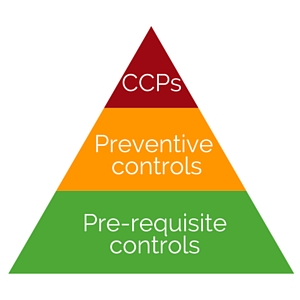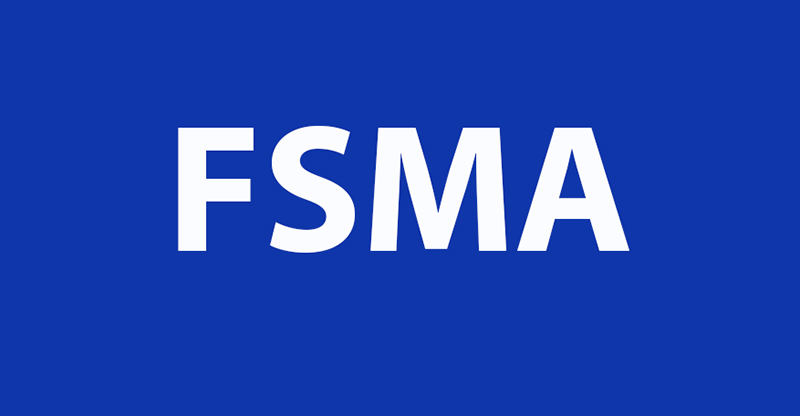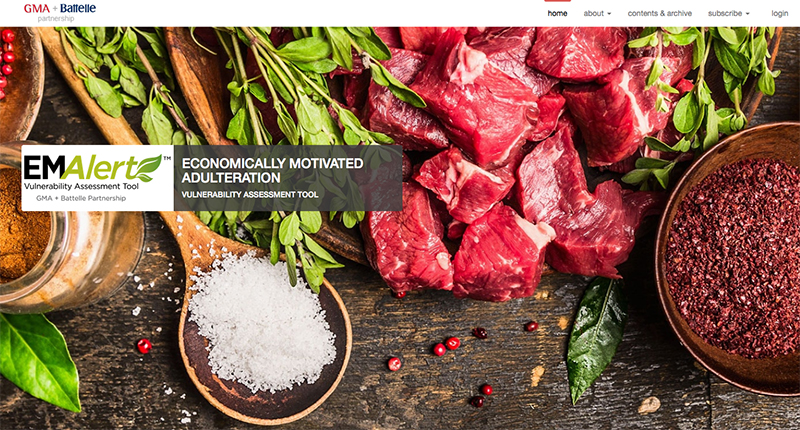You will hear some new abbreviations being tossed around in questions by executives in food manufacturing and processing these days. “Do I need a PCQI? Who is my PCQI? What is a PCQI?”
Strangely, many of these executives do need a PCQI, and they need one very soon. A PCQI is the “Preventive Controls Qualified Individual” needed to oversee implementation of the HARPC rule under FSMA. Last September FDA published the final rule “Current Good Manufacturing Practice, Hazard Analysis, and Risk-Based Preventive Controls for Human Food.” Unless a food manufacturer is specifically exempt, the date for compliance with implementation of the rule’s preventive controls portion is September 19, 2016. A facility’s PCQI is responsible for overseeing the implementation process. For companies that have yet to prepare for compliance, the good news is that several organizations, such as the Food Safety Preventive Controls Alliance, offer training to meet the requirement for having a PCQI.
For large companies (those with more than 500 employees), time is of the essence to meet the September 19 compliance date; for companies with less than 500 full-time-equivalent employees, you have more time to prepare, with September 18, 2017 being the compliance date.
Whether your due date is this year or 2017, your food safety plan is the primary document that guides your preventive controls food safety system. It must be developed using a systematic and risk-based approach that uses scientific principles to identify the hazards that require preventive controls to prevent foodborne illness or injury. It is most effectively prepared not only by a single PCQI but also a cross-functional food safety team that includes individuals with executive support and leadership. In addition to including the hazard analysis in which you must analyze for hazards requiring a preventive control for your product(s), your food safety plan must have preventive controls for your process and for food allergens, sanitation, supply chain and any other appropriate areas where you identified that preventive controls were needed.
Further, your food safety plan must include a recall plan, procedures for monitoring, corrective action and verification when a hazard requiring a preventive control is identified, along with science-based validation for process preventive controls. Of course, Good Manufacturing Practices (GMPs) and other prerequisite programs must be in place to provide a solid foundation for your food safety plan. And there’s more news: FSMA includes significant changes in the GMPs. For example, all formerly non-binding provisions are now binding, including education and training. One of the new GMP requirements is cleaning of non-food contact surfaces “as frequently as necessary” to protect against allergen cross-contact and contamination of food contact surfaces and food packaging.
Back to the possibility that you may qualify for a specific exemption, if you heard that processors subject to the low-acid and acidified canned foods regulation are not subject to the preventive controls rule, the exemption is only for hazards that are microbiological. For physical and chemical hazards, including allergens, a hazard analysis must be conducted to determine whether hazards are an issue and whether preventive controls are needed. This analysis must be documented, even if you determine that no preventive controls are needed. And if preventive controls are needed, they must be developed and documented with verification and possibly validation as previously described. Of course the new GMPs also apply to low-acid and acidified canned food manufacturers.
If you heard that warehouses are in the clear due to a specific exemption, there is more to the story. Only facilities such as warehouses that store strictly unexposed packaged materials for which refrigeration is not required are exempt from preventive controls. Facilities that store raw agricultural commodities that are fruits and vegetables are not exempt from hazardous analysis and risk-based preventive controls. All of these facilities, and even those subject to seafood and juice HACCP and not required to do preventive controls, are not exempt from updated GMP requirements.
Take the obvious first or next step for your organization’s compliance with FSMA: Ensure you have a PCQI and start working on your hazard analysis and food safety plan now.



















